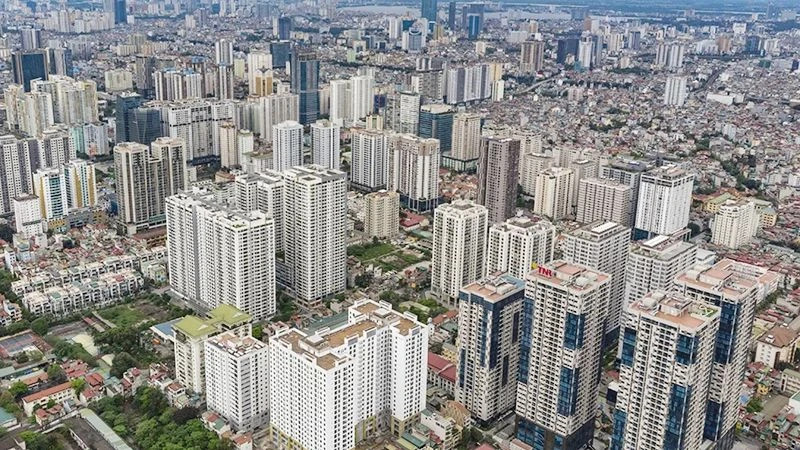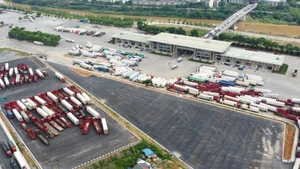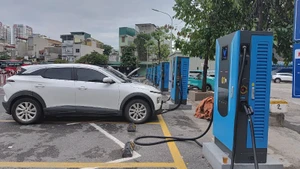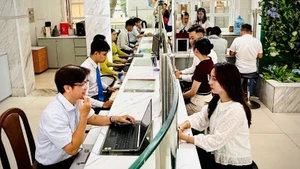Specifically, recent data from the institution shows that real estate credit outstanding currently accounts for more than 20% of the total credit balance of the entire economy, amounting to 3.15 quadrillion VND. However, challenges in the real estate market and issues related to lending in this sector remain a significant concern in legislative discussions.
At the 8th session of the 15th National Assembly, many National Assembly deputies engaged in lively discussions about credit and lending policies for the real estate and social housing markets. The majority of opinions emphasised the need to adjust credit policies to meet the population's increasing housing demands and promote the healthy and sustainable development of the real estate market.
A key factor causing difficulties in real estate credit lies in the imbalance between short-term capital mobilisation and long-term lending needs, coupled with prioritising other urgent goals to ensure the banking system’s safety.
In practice, investment in the real estate market typically requires significant capital and long-term financing. Thus, funding must come from multiple channels, with bank credit being just one of them. Since real estate loans are generally long-term, interest rates are higher than short-term loans. Given that the banking system primarily mobilises short-term capital, balancing resources and terms to meet the long-term lending needs of the real estate market is crucial.
As a result, many viable and debt-serviceable projects are still rejected by banks because their loan terms do not align with the banks’ capital balance capabilities. Many experts have suggested restructuring credit sources and encouraging capital mobilisation from investment funds to ease pressure on the banking system to address this issue.
Several social housing loan programmes are currently being implemented through the Social Policy Bank and state-owned commercial banks. These include loans under Decree 100, housing loan programmes for low-income households and policy beneficiaries, and loans for building storm- and flood-resistant housing in central Vietnam.
In the context of limited state budget resources and to achieve the goal of constructing 1 million social housing units by 2030, the banking system has launched a credit package worth 120 trillion VND, which has now increased to 145 trillion VND. This credit package is mobilised from financial institutions, offering reduced interest rates of 1.5-2% per year during the support period, with support terms of three years for investors and five years for borrowers.
Currently, the disbursement of this credit package is in its initial phase, with only about 1.7 trillion VND disbursed so far. Furthermore, the economic difficulties following the COVID-19 pandemic and reduced income levels have tempered demand for social housing loans.
As economic difficulties ease, this demand is expected to rise. Additionally, increased support from the state budget will be essential to meet the growing need for social housing, promote the healthy and sustainable development of the real estate market, and ensure the safety of the credit system.
















